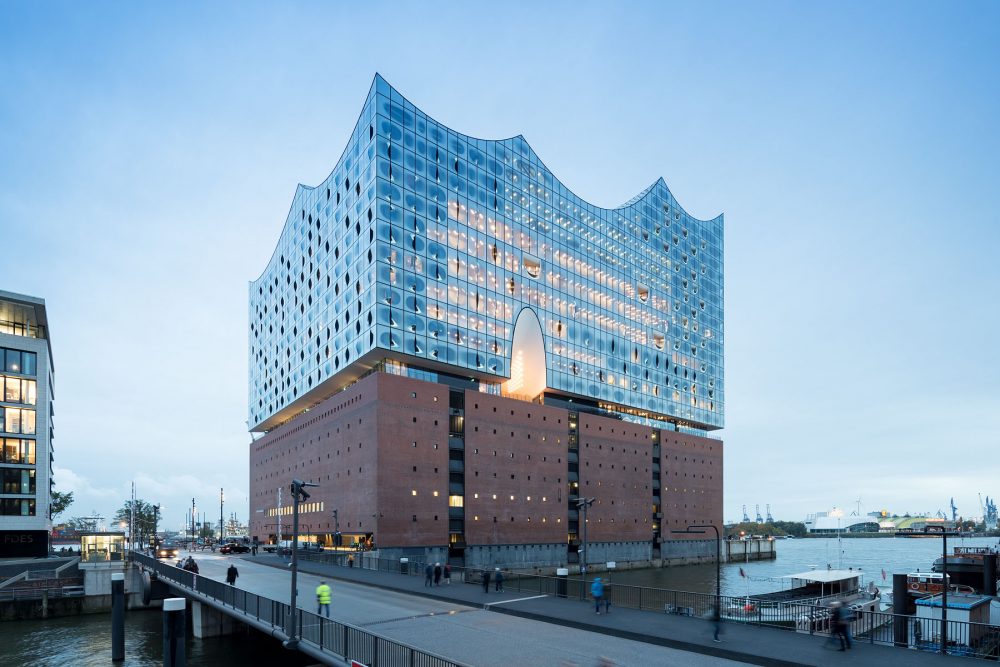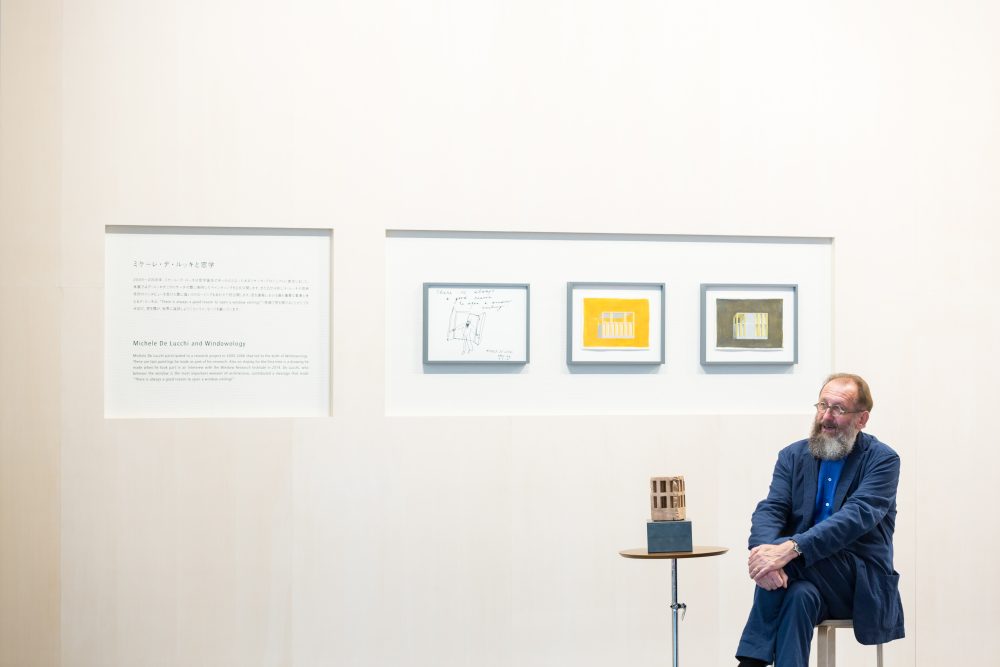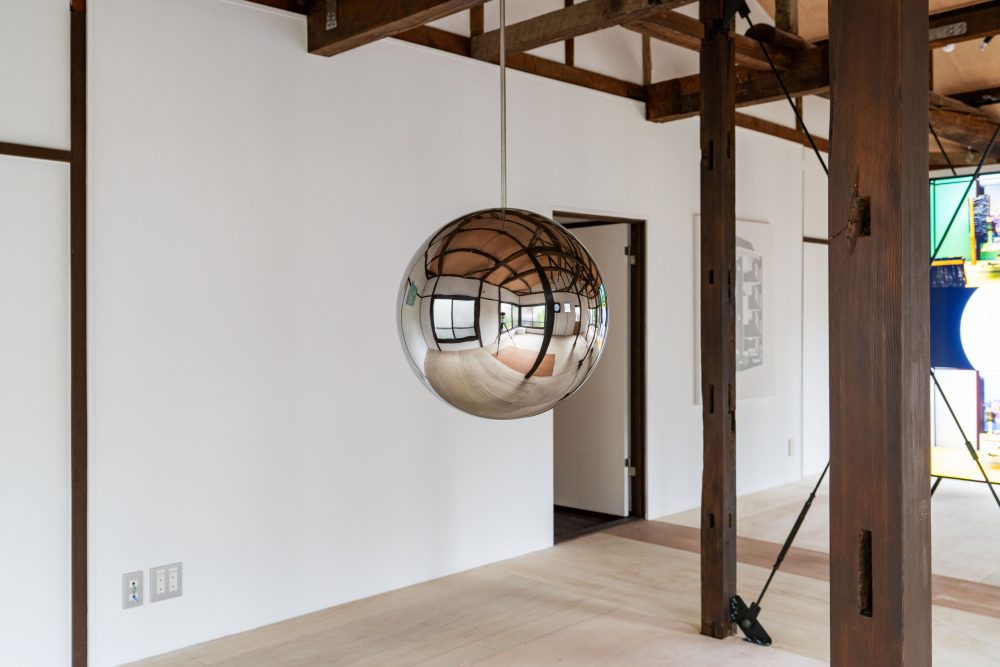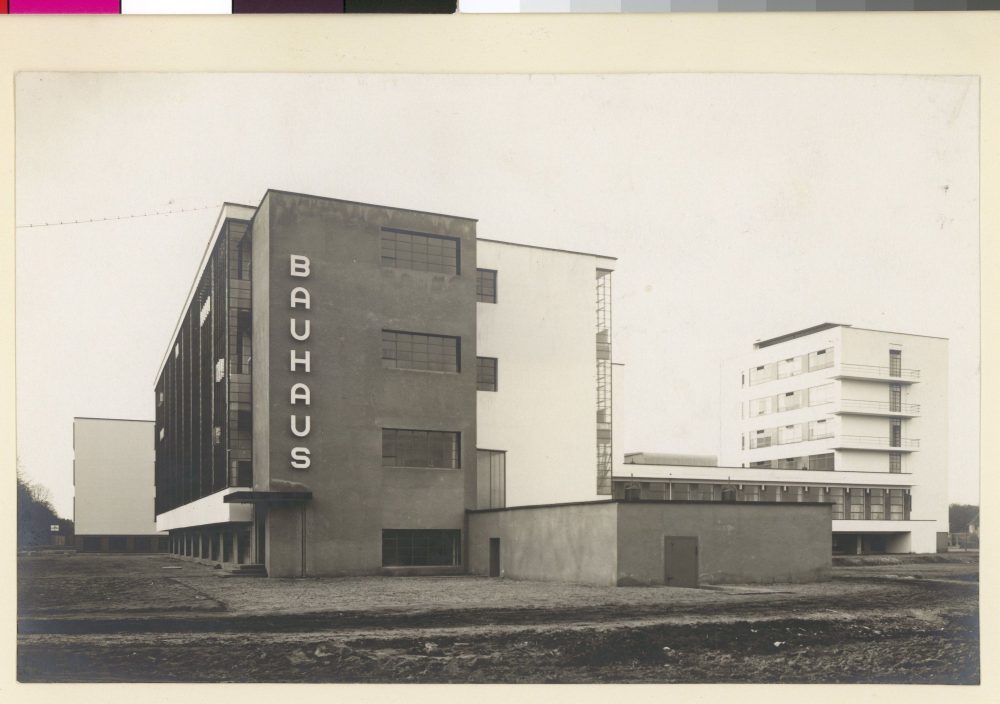
Series Windowology 10th Anniversary Exhibition & Symposium
Windows and Memories
12 Apr 2018
The artist Leandro Erlich became quite a topic of conversation at this past “Windowology 10th Anniversary Exhibition” with the presentation of his new piece, “Window and Ladder.” We managed to interview Erlich, who has created a multitude of different pieces with window motifs, at the Window Research Institute Annex. What is the relationship between windows and memories?
──Window Research Institute, YKK AP have been working on Windowology, the academic study of windows from various aspects. If you were a windowologist what kind of research would you like to do?
Leandro Erlich (hereinafter referred to as Erlich): There’s actually one research I am doing with my work that relates to windows. In a sense I am already practicing “windowology.” There are two things I am doing. This one is research about memory.
-

“Window Captive Reflection” (2013) 120 x 100 x 25 cm, Wood, metal structure, acrylic, 42” TV, McMini computer, video animation, media player (c) Leandro Erlich, courtesy Galeria NoguerasBlanchard
We think, basically, that a window is always looking, is always seeing something. This glass has been installed in this building and has always had this view. So the concept that I am interested in is how to record the memory that this glass has since the time it was installed. Even if you remove the glass, I wonder if the window itself would have the memory of the place it was installed.
Take a house as an example: if one day you have to change the window for renovation and take out, replacing it with a new window. That window that has been there in front of the lake, since the very beginning, I like the idea that this window has the memory of the place that it was installed in. That’s why I made this work. It has a view – of course I’m using video to do this, but as you said, the monitors are also windows.
──”Windows.” Like computer.
Erlich: Exactly. So the idea is that this window has been removed from what it was but the glass kept. And, this one is the same but it is about a storm.
-

“Archeological Storm” (2013) 121 x 90 x 12 cm, Metal structure, mdf, acrylic, 42’’ LED screen, media player and video animation (c) Leandro Erlich Studio
You can of course see the lightning, almost as if this was the last moment before the window is broken. You find it, put it together, and then you see the last view of the window. As if it, too, has a memory. In a way, I like the idea that windows are part of the culture.
So who holds the memory? Our brain, or our eyes? The problem is that usually it is the brain that holds the memory while the eyes are just the lens. So if the eyes are the lens, the window is the lens, but the memories are held somewhere in our brain – our mind. And I like the idea of thinking that the eye, or the glass, is able to hold stories.
-

Installation view of Leandro Erlich "Window and Ladder – Leaning into History" from "YKK AP Windowology 10th Anniversary Exhibition: The World Through the Window" at Spiral Garden, 2017 ©Sohei Oya/Nacása & Partners Inc., Courtesy of ART FRONT GALLERY
Erlich: Imagine, for example, the window in an historic building, even like the Imperial Palace, which has been there for a long, long time. You take this window, maybe three hundred years old or more, bring it here. You know this window has witness so many things.
──How do you think we can develop or cultivate window awareness in peoples’ minds?
Erlich: I think that people are always looking for the development of new technologies. Just recently there were some airplanes equipped with special glass you can adjust the levels of sunlight. Without any curtains. I would imagine that houses will have such windows in the future; they would not need to have a curtain, the glass would automatically dim, which is very nice because it doesn’t get completely dark in daytime.
──Your research aims to cultivate awareness of windows in our culture. Thank you very much.
Video interview: Erlich talks about his memorable windows
Leandro Erlich
Creates work that makes viewers question their senses. Explores how people perceive phenomena, interact with space, and grasp reality. Even while critically addressing the problem of sense and perception, his work presents itself not with the seriousness of scientific experimentation but with the humor and wit of trompe l’œil. The work eases the relationships between observers and creates a space for shared experience. His permanent installations, such as Swimming Pool (21st Century Museum of Contemporary Art, Kanazawa) and Tunnel (Echigo-Tsumari Satoyama Museum of Contemporary Art), and his works with mirrors are particularly popular for their ability to draw in observers. Has increasingly been participating in exhibitions in Asia, including Japan, Taiwan, and South Korea.

MORE FROM THE SERIES
-

Windowology 10th Anniversary Exhibition & Symposium
Architecture in Photography and Windows
22 Mar 2018

Windowology 10th Anniversary Exhibition & Symposium
Michele de Lucchi and Windowology
02 Mar 2018

Windowology 10th Anniversary Exhibition & Symposium
A Conversation on Windows and Stories
19 Jan 2018










